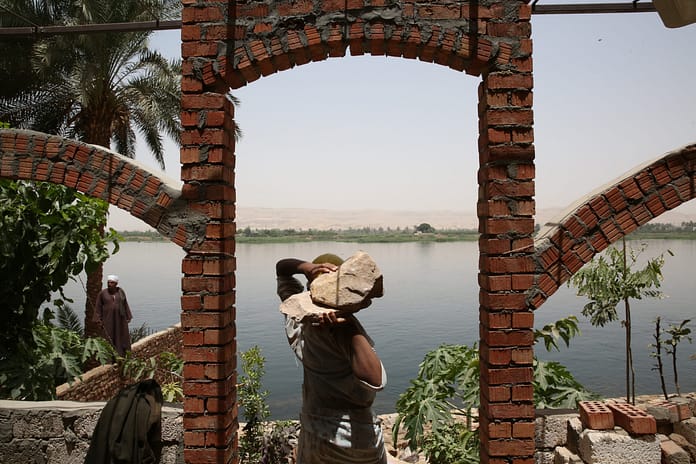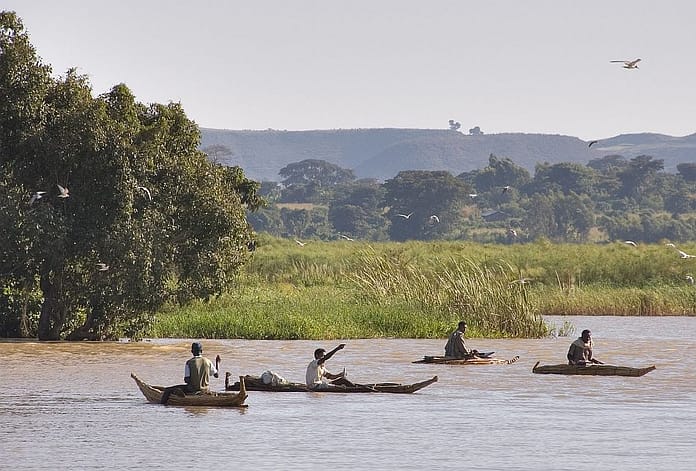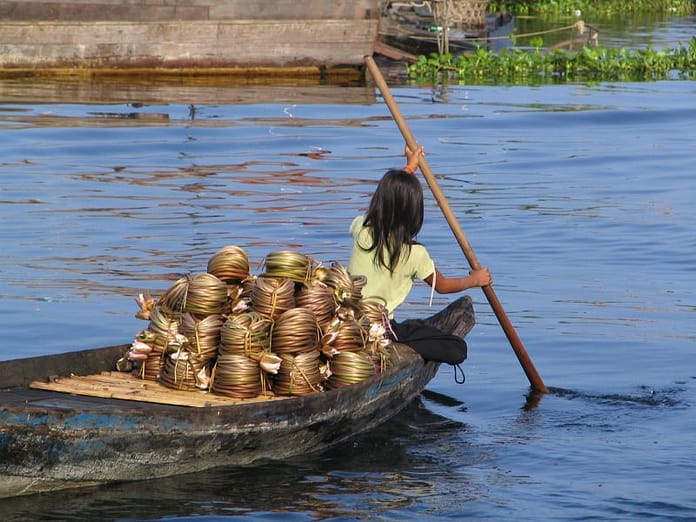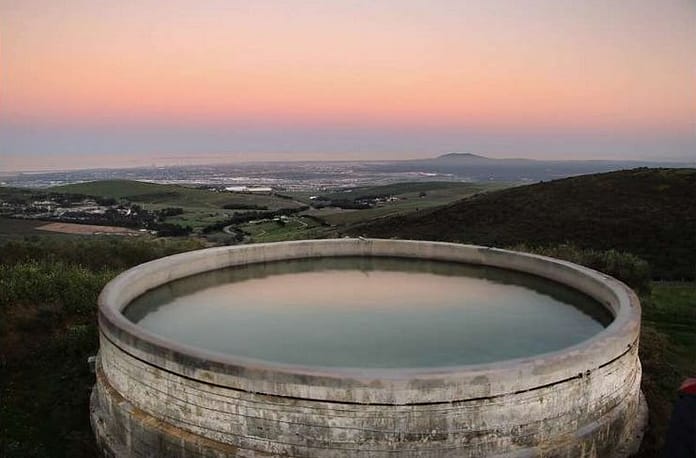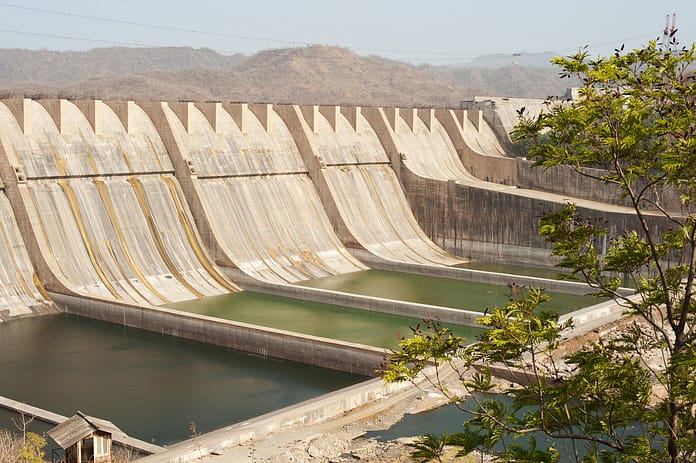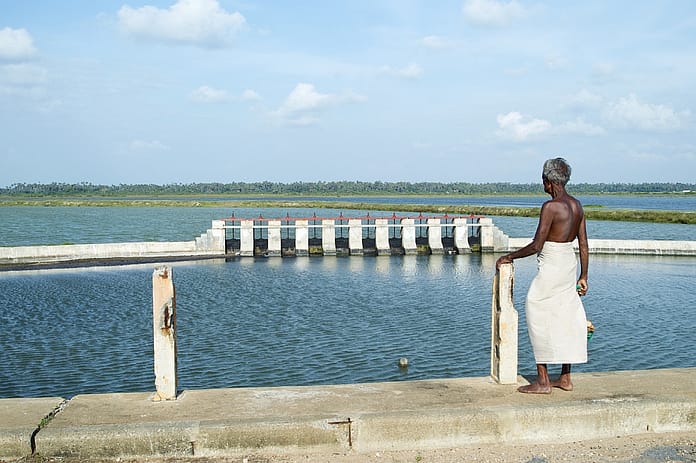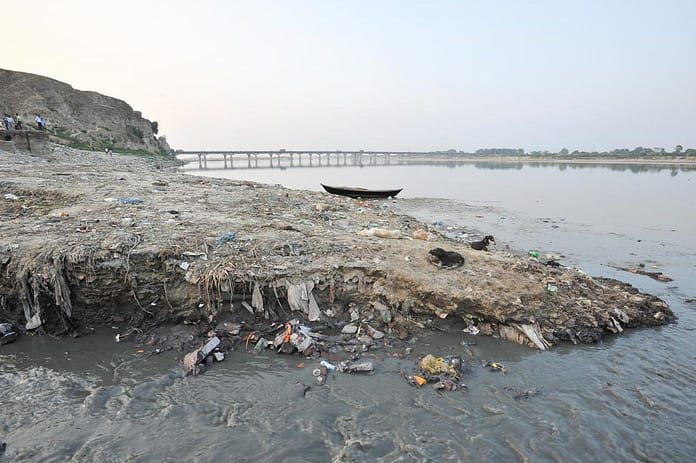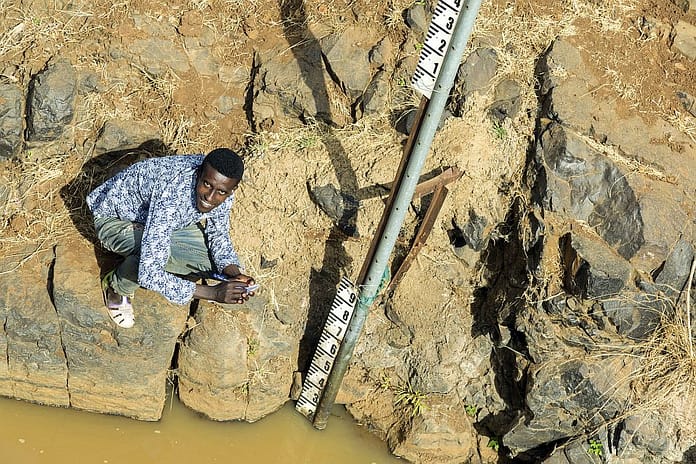Wetlands provide valuable ecosystem functions and services ranging from food provision to tourism. The EU-funded WETWIN project has outlined the factors endangering wetlands currently and in the future, and has identified strategies for their restoration and sustainable management.
The WETWIN approach for stopping and reversing the ongoing degradation of wetlands was based on the four basic premises of wetland management: wise use, adaptive management, integrated water resource management, and participation of local communities and stakeholders. Seven wetlands were investigated from Africa, Europe and South America.
IWMI researchers identified a range of problems at the case study sites. These included desiccation and terrestrialisation due to reduced inflows, encroachment and disturbance, pollution and diseases like malaria from mosquito vectors in the tropical wetland habitat. Moreover, the high nutrient content of these wastewaters, plus the nutrient-rich runoff waters coming from the agricultural lands result in eutrophication problems.
Below are several fact sheets summarizing some of the research conclusions.

















